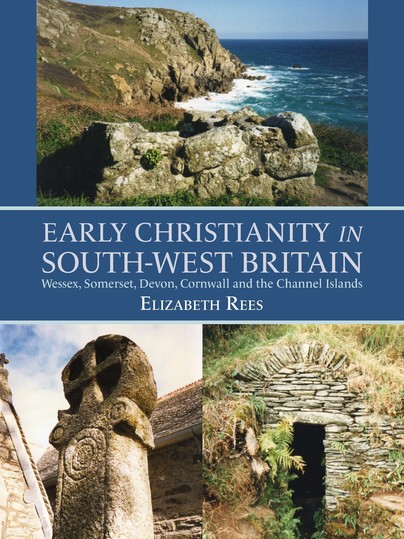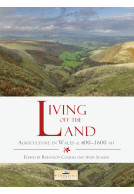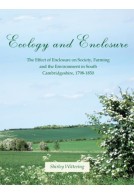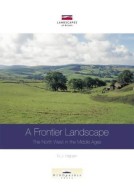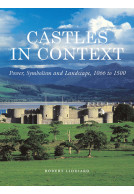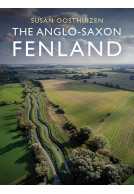Early Christianity in South-West Britain (Paperback)
Wessex, Somerset, Devon, Cornwall and the Channel Islands
Imprint: Windgather Press
Pages: 288
Illustrations: b/w
ISBN: 9781911188551
Published: 15th January 2020
Casemate UK Academic
This Week's Best Sellers Rank: #13
(click here for international delivery rates)
Need a currency converter? Check XE.com for live rates
This book offers a new assessment of early Christianity in south-west Britain from the fourth to the tenth centuries, a rich period which includes the transition from Roman to native British to Saxon models of church. The book will be based on evidence from archaeological excavations, early texts and recent critical scholarship and cover Wessex, Devon and Cornwall.
In the south-west, Wessex provides the greatest evidence of Roman Christianity. The fifth-century Dorset villas of Frampton and Hinton St Mary, with their complex baptistery mosaics, indicate the presence of sophisticated Christian house churches. The fact that these two Roman villas are only 15 miles apart suggests a network of small Christian communities in this region. The author uses evidence from St Patrick’s fifth-century ‘Confessions’ to describe how members of a villa house church lived. Wessex was slowly Christianised: in Gloucestershire, the pagan healing sanctuary at Chedworth provides evidence of later use as a Christian baptistery; at Bradford on Avon in Wiltshire, a baptistery was dug into the mosaic floor of an imposing villa, which may by then have been owned by a bishop.
In Somerset a number of recently excavated sites demonstrate the transition from a pagan temple to a Christian church. Beside the pagan temple at Lamyatt, later female burials suggest, unusually, a small monastic group of women. Wells cathedral grew beside the site of a Roman villa’s funeral chapel. In Street, a large oval enclosure indicates the probable site of a ‘Celtic’ monastery. Early Christian cemeteries have been excavated at Shepton Mallet and elsewhere. Lundy Island, off the Devon coast, provides evidence of a Celtic monastery, with its inscribed stones that commemorate early monks. At Exeter, a Saxon anthology includes numerous riddles, one of which describes in detail the production of an illuminated manuscript in a south-western monastery. Oliver Padel’s meticulous documentation of Cornish place-names has demonstrated that, of all the Celtic regions, Cornwall has by far the highest number of dedications to a single, otherwise unknown individual, typically consisting of a small church and a farm by the sea. These small monastic ‘cells’ have hitherto received little attention as a model of church in early British Christianity, and the latter part of the text focuses on various aspects of this model, as lived out in coastal and in upland settlements, on islands, and in relation to larger Breton monasteries. Study of 60 Breton sites has demonstrated possible connections between larger Breton monasteries and smaller Cornish cells.
There are no reviews for this book. Register or Login now and you can be the first to post a review!
About Elizabeth Rees
Elizabeth Rees is a Roman Catholic nun with a Master’s degree from Oxford. She has lectured in Early Christianity at Lampeter University and at Sarum College. She has led residential courses visiting and interpreting early sites in Cornwall, Northumbria, Wales and Scotland. For ten summers, she lectured on early Christian spirituality in Albuquerque, New Mexico; more recently she has taught similar courses in southern Greece. The author of ten books on early Christianity, Elizabeth is Director of a House of Prayer in Butleigh, a village south of Glastonbury.







